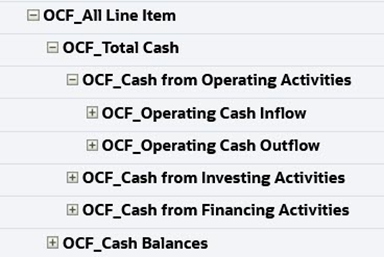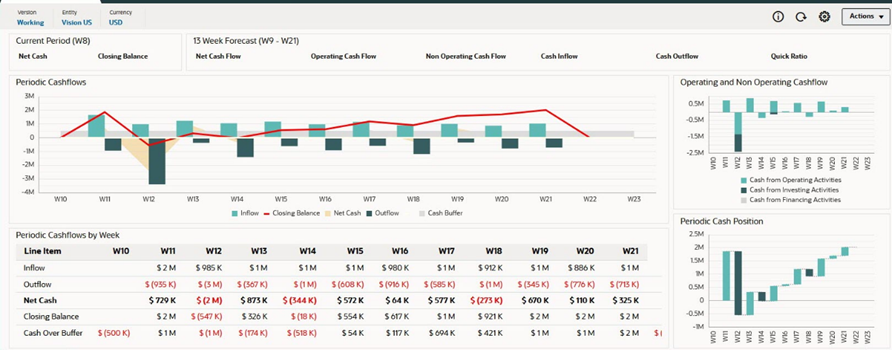Highlights of the Oracle Enterprise Data Management 24.03 Release
Oracle has developed a cadence with the monthly releases of Oracle Enterprise Data Management (EDM). About once a quarter, in the monthly release will be a “Feature drop”, containing numerous enhancements.
Typically, these land in March, June, September, and December of the calendar year.
Property Configuration Audit
- From the Audit screen, select the Audit Type of Properties, then select one or All properties and a preset or custom date range. As with the other Audit Types, you can download the results to a formatted Excel file.
- You can audit System Events, including a category called “Metadata”.
- Metadata, means technical metadata involving EDM artifacts like data chain objects, lookup sets, and viewpoints. You can see the Create and Delete actions that have occurred on any metadata object. file.
- Recurring Blockout
- You can now establish recurring blockout periods! Select the Period for blockout (month end, quarter end, year end, fiscal quarter end, or fiscal year end). Then specify the number of days before and after the period to establish your date range.
- Now you have established your blockout periods in advance and don’t have to remember to come back each month and update them!
- The number of days is calendar days, not work days.
- You can specify a negative number to start the blockout prior to the start of the period.
- Blockout periods can now be set at a dimension level, with the same options available as the Application Blockout, including Recurring blockout types.





